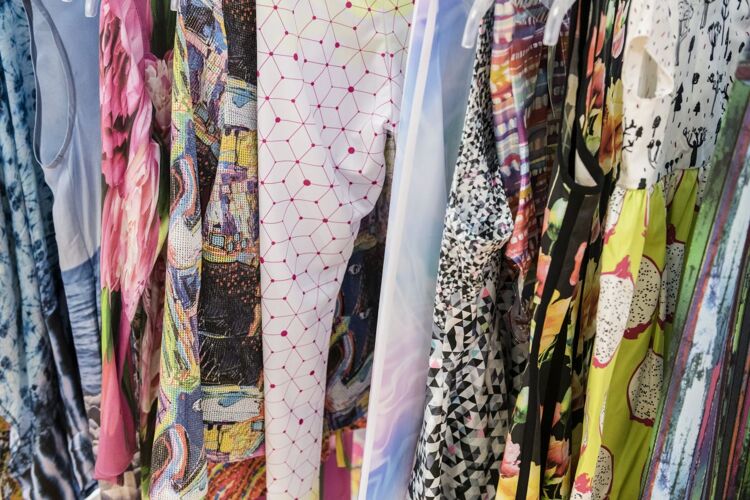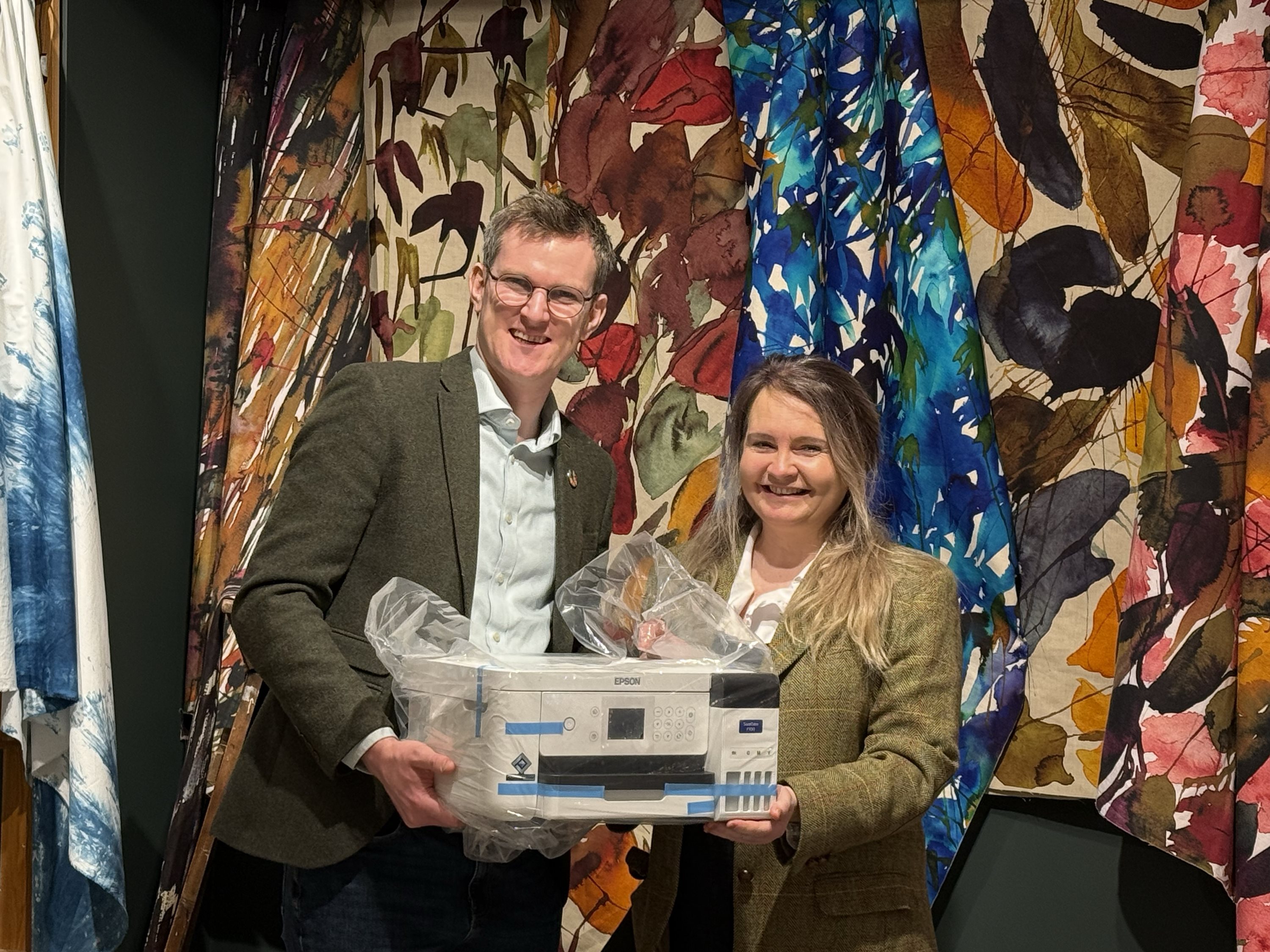Making textile printing more sustainable

Laurel Brunner discusses new sustainable technologies that can be applied to the textile printing sector.
The history of textile printing is one of innovation, from transferring colours to substrates with carved woodblocks to digitally printed fabrics. Amongst these bespoke options there are a slew of industrial processes that produce all types of lines and curtains through to couture garments and t-shirts. The reversion to technologies that enable us to have custom interiors and clothes is now creating all kinds of opportunities for new businesses that is generally driven by e-commerce.
Digital press and colourant innovations are beginning to seriously disrupt the textile business. This is a positive thing because conventional textile production is a resource intensive manufacturing process. FESPA research proposes that this market is worth $165 billion. Over 30 billion square metres of textiles are printed globally, mostly in China and India which is unsurprising. As populations continue to grow and incomes increase, we can expect more and more textile opportunities. This is the reason why graphics industry manufacturers are so eager to get involved in the sector.
Textile printing was a big feature at FESPA 2018 in Berlin. EFI has had its eye on this sector for many years and via its purchase of Reggiani some years ago it now has over 60% of direct-to-garment and apparel market. Approximately 60% of this is garments with interiors (furnishings) and industrial textile printing accounts for the balance. At FESPA 2018 EFI launched a textile pigment ink technology for direct to textile printing.
The new process features inline polymerisation and uses less energy and water to produce a print very quickly. The printed fabrics need no washing or steaming and EFI states that the process works on a vast range of fibres.
We can expect more similar innovations in the sector as the market for bespoke textiles and clothes continues to grow. HP has its sights on the textile printing opportunity and Mimaki is a well-established player in this part of the market.
Whether we should expect the printing community to embrace this technology or whether the fashion industry will get there first it is too early to say. Epson has seen the design community embrace inhouse production. The shift towards even faster fashion suggests there could be opportunities for digital press manufacturers to capture a whole new market, one that operates far from conventional print.
Source: This article was produced by the Verdigris project, an industry initiative intended to raise awareness of print’s positive environmental impact. This commentary helps printing companies keep up to date with environmental standards, and how environmentally friendly business management can help improve their bottom lines. Verdigris is supported by the following companies: Agfa Graphics, Spindrift.click, EFI, FESPA, HP, Kodak, Kornit Digital, Ricoh, Splash PR, Unity Publishing and Xeikon.
Topics
Interested in joining our community?
Enquire today about joining your local FESPA Association or FESPA Direct
Recent news

The Rise of B2B in Print-On-Demand: Mastering Personalisation to Drive Growth
Rusty Pepper highlights the B2B shift in Print-On-Demand, focusing on personalisation's role in driving growth. He discusses market differences between Europe and the U.S., challenges in global scaling, and strategies for successful implementation. Experts will share insights at FESPA 2025, covering automation, fulfilment, and market trends.

Navigating the Evolving Landscape of Fashion, Print and Sustainability
In this podcast, Debbie McKeegan and April Holyome – head of Product at the luxury Italian brand 16Arlington discuss the evolving landscape of fashion at the Epson Textile Academy.
.jpg?width=550)
Awarding Talent: Joanne O’Rourke Wins the Epson Eco Stories Textile Challenge and Trip to FESPA 2025
Joanne O'Rourke won the Epson Eco Stories Textile Challenge, receiving an Epson SureColor SC-F100 printer and a trip to FESPA 2025 in May. The award highlights the importance of supporting emerging designers for a sustainable print industry. These "digital natives" drive innovation, sustainability, and technological advancement, crucial for the sector's future.

The importance of Personalisation in Direct Mail - The Power of Print
Jeroen van Druenen, CCO of Jubels discusses how personalised direct mail, especially print, boosts engagement and ROI by tailoring content to individual recipients. Using variable data printing (VDP), marketers create unique designs and offers, enhancing relevance and fostering stronger customer relationships. Physical mail's tangibility and lasting impact further amplify personalisation's effectiveness.